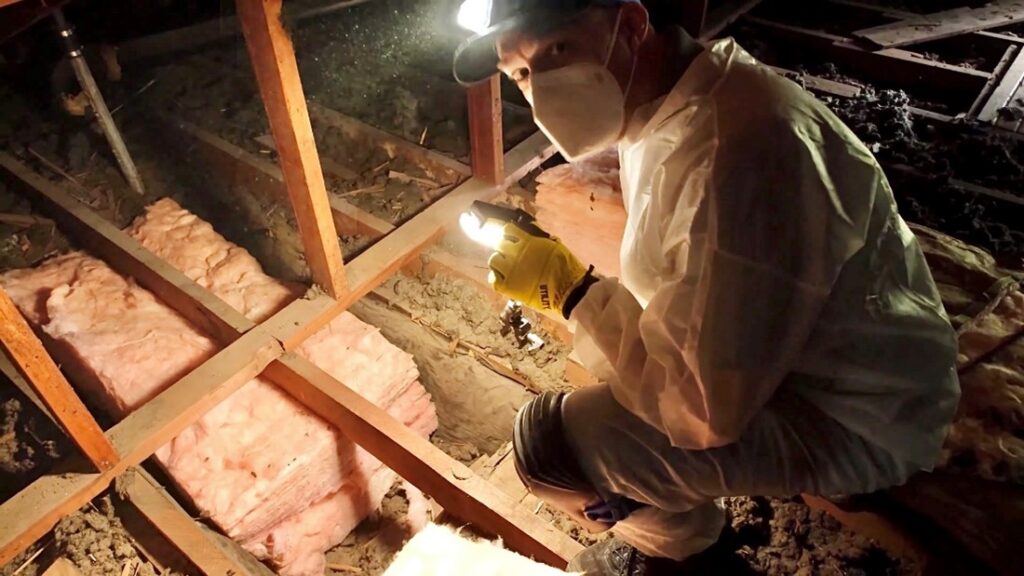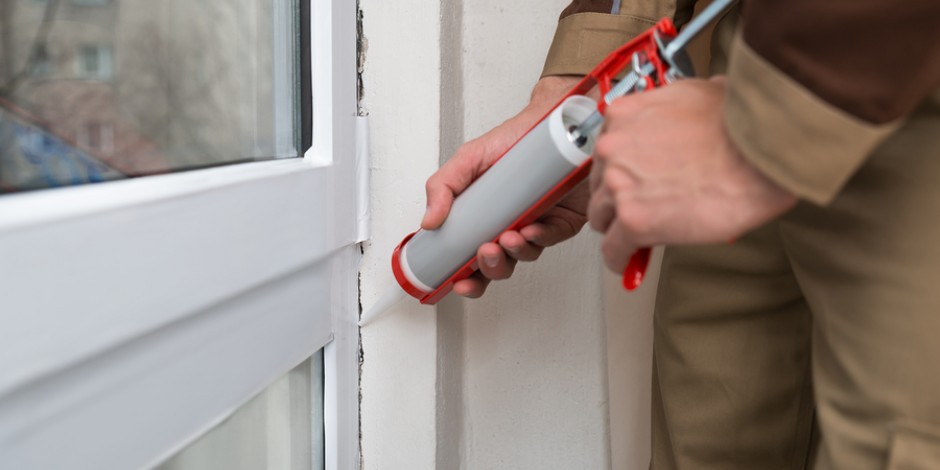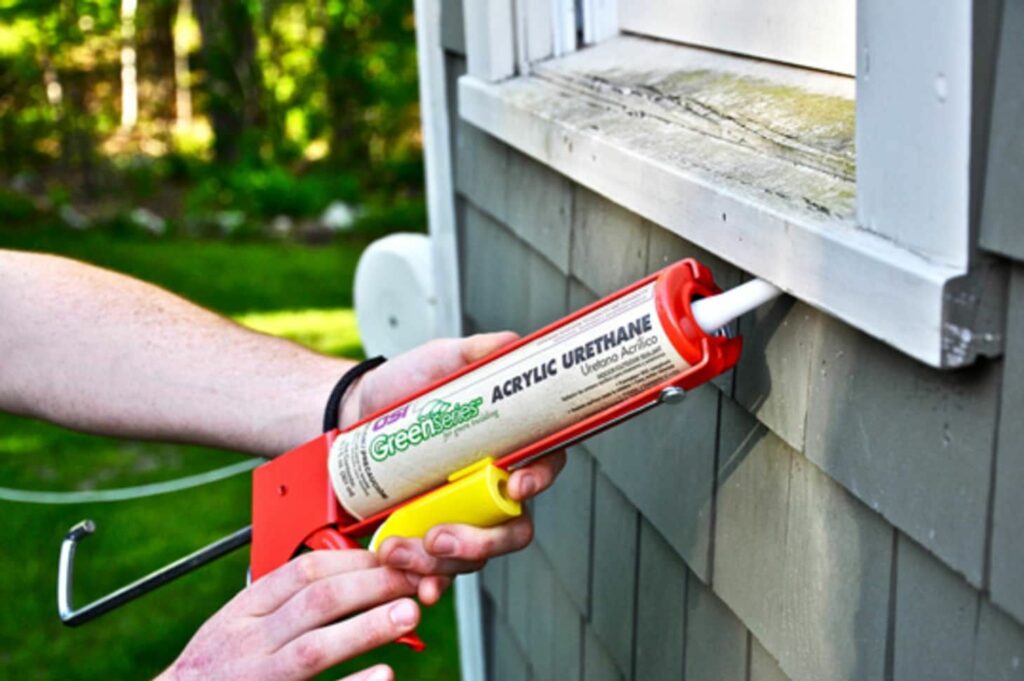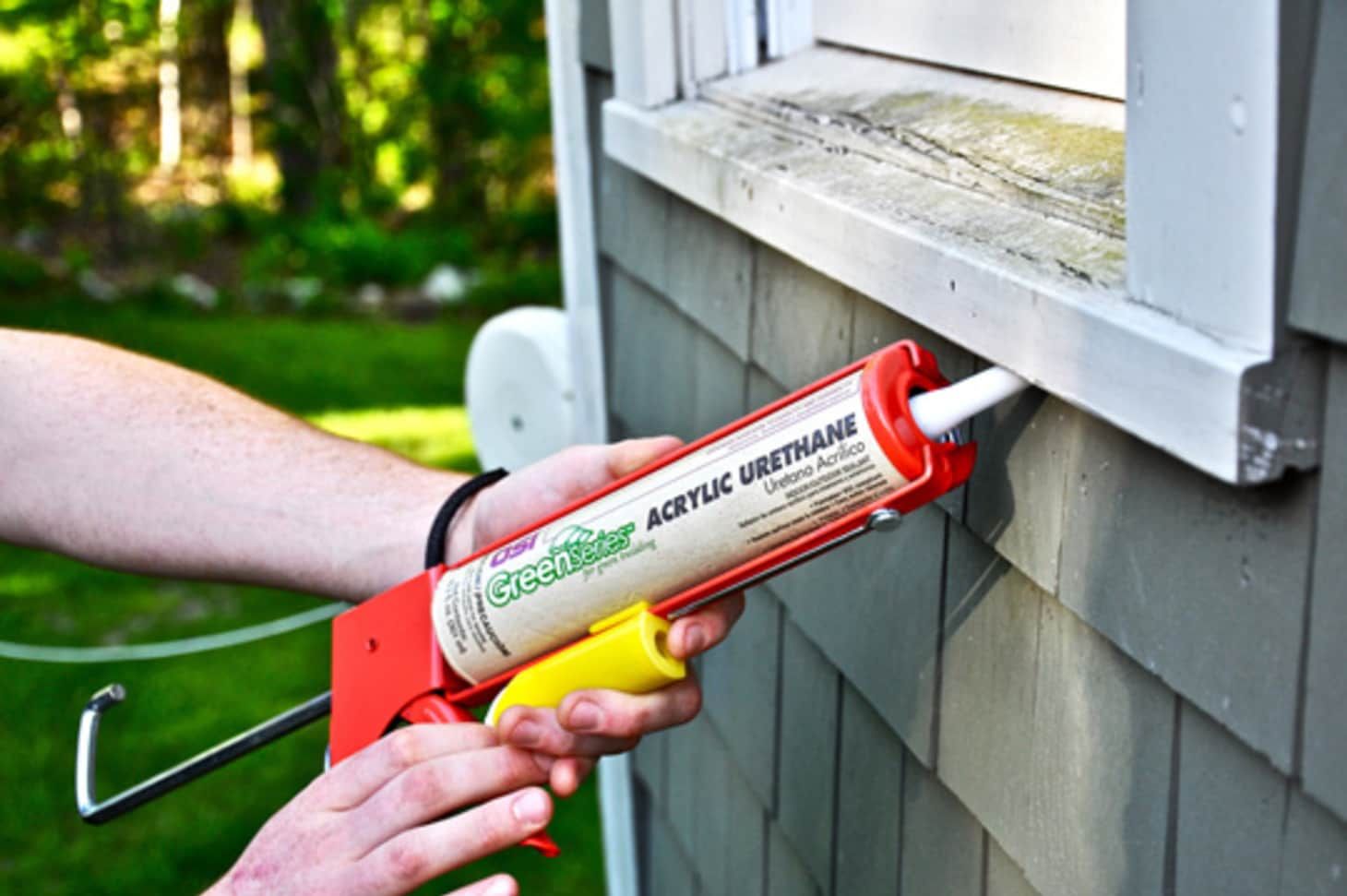Have you ever walked into an older home and immediately felt an unwanted draft? Or maybe during colder months, you notice parts of your house seem colder and more air seeps in than other areas. These are signs that your home may not be properly sealed, allowing heated or cooled air to escape through cracks and crevices.
Air sealing is an important yet often overlooked part of making a house more energy-efficient and comfortable. We’ll explain how air sealing works, which areas of the home are most important to target, what potential signs your home needs sealing are, and how you can do it yourself or hire a professional. We’ll also explore why sealing air leaks can improve indoor air quality, reduce utility bills and noise levels, and even increase the value of your most valuable asset – your home.
Table of Contents
The Importance of Air Sealing

Air sealing is not just about comfort; it’s a home improvement strategy that provides tremendous benefits. It contributes to energy efficiency, savings, and even the overall health and well-being of your home and its inhabitants.
Energy Efficiency
Air sealing significantly contributes to maximizing your home’s energy efficiency. Bypassing this crucial step means heated or cooled air can escape, causing your HVAC system to work harder than necessary to maintain a comfortable indoor temperature. Air sealing keeps conditioned air where it belongs – inside your home – thereby reducing the burden on your HVAC system and fostering superior energy efficiency.
Cost Savings
The energy efficiency achieved through air sealing doesn’t just conserve energy; it also translates to tangible savings on your monthly utility bills. By reducing the amount of heated or cooled air that escapes your home, you’ll need to use your HVAC system less often, leading to lower utility bills each month.
Improved Indoor Air Quality
Air sealing can also significantly improve the indoor air quality of your home. Unsealed cracks and openings can allow allergens, pollutants, and moisture to enter, contributing to poor indoor air quality. By sealing these openings, you can keep unwanted particles out, creating a healthier indoor environment.
Increased Home Value
Finally, air sealing can also increase the overall value of your home. Energy-efficient homes are more appealing to buyers as they offer lower utility bills, improved comfort, and a reduced environmental impact. Therefore, investing in air sealing can provide a return on investment if you ever decide to sell your home.
Reduced Environmental Impact
Air sealing can make a significant contribution to reducing your home’s environmental impact. By improving energy efficiency and reducing the need for excessive heating or cooling, you’re effectively decreasing your carbon footprint. The less energy we use, the less we depend on fossil fuels, which benefits both our wallets and the environment.
Enhanced Comfort
One of the immediate benefits you’ll notice after air-sealing your home is enhanced comfort. No more drafty rooms or cold floors. Air sealing ensures a consistent temperature throughout your home, eliminating cold spots in winter and hot spots in summer. This makes your home a more comfortable place to live year-round.
Noise Reduction
Air sealing can also help reduce noise from outside. Cracks and openings in your home’s envelope can allow air and noise to infiltrate your living spaces. By sealing these gaps, you’ll minimize the amount of outdoor noise that makes its way into your home, making for a quieter, more peaceful living environment.
Longevity of HVAC System
Lastly, by reducing the strain on your HVAC system, air sealing can help extend its lifespan. When your HVAC system doesn’t have to work as hard to maintain a comfortable indoor temperature, it’s less prone to wear and tear, potentially saving you money on costly repairs or replacement in the long run.
Areas of the Home That Require Air Sealing

Now that we understand the importance of air sealing let’s take a closer look at the areas of your home that typically require sealing. These include:
- Windows and doors
- Attic hatches
- Ductwork
- Electrical outlets and switches
- Plumbing penetrations
It’s essential to inspect these areas for any visible cracks or openings and seal them appropriately to prevent air leakage.
Signs Your Home May Need Air Sealing

If you’re experiencing higher-than-normal utility bills, uncomfortable temperatures, or excessive noise from outside, it may be time to consider air-sealing your home. Other signs that your home needs sealing include noticeable drafts, difficulty maintaining a consistent temperature throughout the house, and excessive dust or allergens.
Noticeable Drafts
One of the most common signs that your home may benefit from air sealing is the presence of noticeable drafts, particularly during colder months. If you can feel a constant stream of cold air in certain areas of your home, it’s likely that air is escaping through cracks or openings in your home’s envelope.
Difficulty Maintaining Consistent Temperature
If you’re finding it challenging to maintain a consistent temperature throughout your home, it could be a sign that air sealing is necessary. You might notice that some rooms are noticeably colder or warmer than others, indicating that heated or cooled air is not being effectively contained within your home.
Excessive Dust or Allergens
An increase in dust or allergens can also be a sign that your home may benefit from air sealing. Unsealed cracks and openings can allow allergens, pollutants, and moisture to enter your home, contributing to poor indoor air quality and potentially causing health issues for inhabitants.
Higher-than-Normal Utility Bills
If you’ve noticed a sudden increase in your utility bills without a corresponding increase in HVAC system usage, it could be a sign that air is escaping from your home. The more heated or cooled air that escapes, the harder your HVAC system has to work to maintain a comfortable temperature, leading to increased energy usage and higher utility bills.
Excessive Noise from Outside
Finally, if you’re noticing more noise from outside than usual, it could be a sign that your home needs air sealing. Cracks and openings in your home’s envelope can allow not just air but also noise to infiltrate your living spaces. By sealing these gaps, you can reduce the amount of outdoor noise that makes its way into your home, leading to a quieter and more peaceful living environment.
Final Verdict: DIY vs. Hiring a Professional for Air Sealing
While air sealing may seem like a simple task, it’s worth considering whether you should tackle it yourself or hire a professional. While homeowners can complete some minor air-sealing tasks, others may require specialized tools and expertise to ensure proper sealing. Hiring a professional can also provide peace of mind that the job is done correctly, potentially saving you money in the long run by avoiding costly mistakes.
Ultimately, the decision to DIY or hire a professional will depend on your level of comfort and expertise with home improvement tasks. Contact a professional today to get started on improving your home’s energy efficiency and enhancing its overall comfort.
